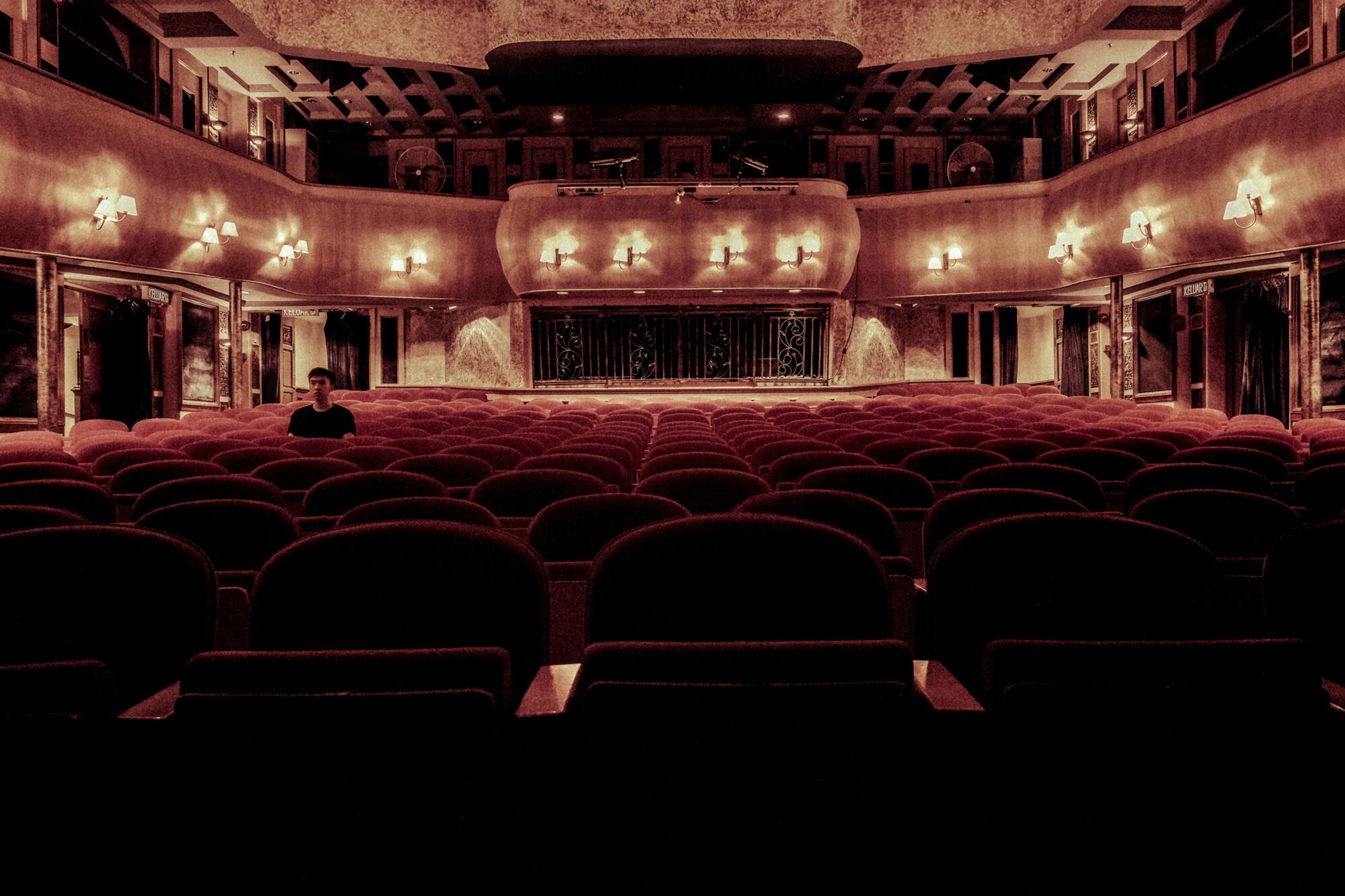
The Heart of Japan: Ichirō Hariu, the Man Who Embraced the Whole of Japanを日本でで視聴する場所
A film exploring the correlation between self and otherness and ancient layers of Japan's history, by following the footsteps of art and literary critic Hariu Ichirō as he walks around Gwangju, South Korea, and speaking in his home in Japan.
「The Heart of Japan: Ichirō Hariu, the Man Who Embraced the Whole of Japan」を今すぐAmazon Prime Video、Amazon Videoで見て、Popcorn Timeの究極のストリーミングガイドでお気に入りの映画をさらに楽しむ方法を探求しましょう。
外部プロバイダーがあと1件あります。完全なリストは視聴するThe Heart of Japan: Ichirō Hariu, the Man Who Embraced the Whole of Japan場所で確認できます。
The Heart of Japan: Ichirō Hariu, the Man Who Embraced the Whole of Japanは本日、Popcorn Timeストリーミングチャートで日本で第12796位にランクされています。この映画は昨日から順位を9上げました。

Popcorn Timeのランキングシステムは、ストリーミングプラットフォーム、ピアツーピアのトレンド、グローバルデータベースなど、複数の信頼できるソースからのデータを組み合わせて人気度を算出します。
アルゴリズムは、さまざまなプラットフォーム、地域、期間でのコンテンツのパフォーマンスに基づいてランキングを動的に調整します。各映画や番組は、グローバルな位置、地域の人気度、過去のパフォーマンスを組み合わせてスコアリングされます。これにより、日本ででトレンドとなっているものを公正かつ正確に、常に最新の状態で反映します。
The Heart of Japan: Ichirō Hariu, the Man Who Embraced the Whole of Japan のストリーミングオプションをさらに探索しましょう!
さまざまなプラットフォームや国でThe Heart of Japan: Ichirō Hariu, the Man Who Embraced the Whole of Japanを視聴する方法を発見しよう!自宅でも海外旅行中でも、合法的にストリーミングできる場所を見つけるのはこれまでになく簡単です。から、The Heart of Japan: Ichirō Hariu, the Man Who Embraced the Whole of Japanはのような主要サービスで利用可能です。現在他の国では利用できません, 現地のライセンスに準拠したカスタマイズされたストリーミングオプションを探検し、煩わしさのない合法的な視聴体験を確保できます。
詳細情報
- ランタイム
- 87 分
- リリース済み
- 出身国
- 日本
- 言語
- ja
「The Heart of Japan: Ichirō Hariu, the Man Who Embraced the Whole of Japan」に類似するもの

映画
Behind the scenes of Battle Royale II
Making of Battle Royale II: Requiem (2003 )

映画
Hideaki Anno's documentary about the making of Shusuke Kaneko's Gamera 3: Revenge of Iris. From concept to film, the documentary is a video diary of the film's production. Not included in the Arrow Video collection.
GAMERA 1999 (1999 )

映画
Documentary on the Japanese boxer Unchain Kaji, who retired from the ring at the age of 30 with an eye injury and a losing record. He then tries to start a new life as a civilian.
Unchain (2001 )

映画
The art of the geisha dates back seventh century Japan, in which women served as both entertainers and attendants to men in small private performances. While the geisha is often thought of as a romantic relic of Japan's history, the truth is that women still practice the geisha art today, though it has changed with the passage of time and due to the often mistaken perceptions of the West. Documentary filmmaker Miyuki Sohara examines the role of the geisha in 21st Century Japan in Hannari: Geisha Modern, which captures performances from a handful of contemporary geisha that attest to the skills as a dancer and vocalist that are demanded by their repertoire. While focusing on several modern performers (some of whom use the internet to market themselves), the film also features interviews with a handful of veteran geisha who explain the subtle but significant ways in which the nature of the performance and its place in Japanese culture has evolved.
Hannari: Geisha Modern (2006 )

映画
Initially, Ambivalent Future was intended as a film about the production of Kiyoshi Kurosawa's "Bright Future". But director Fujii has taken the "behind the scenes"-concept to unprecedented heights with this unique documentary offering a close look into the world of Kiyoshi Kurosawa, the auteur. Scenes from the surprisingly low key and relaxed production of "Bright Future" are of course sprinkled liberally throughout the documentary, but between these we are treated to interesting and revealing interviews with actors, producers and Kurosawa's many other collaborators. And perhaps the most surprising thing of all is how much of Kurosawa there is, talking candidly about his working methods and the philosophy behind it all.
Ambivalent Future: Kiyoshi Kurosawa (2003 )

映画
Roughly chronological, from 3/96 to 11/96, with a coda in spring of 1997: inside compounds of Aum Shinrikyo, a Buddhist sect led by Shoko Asahara. (Members confessed to a murderous sarin attack in the Tokyo subway in 1995.) We see what they eat, where they sleep, and how they respond to media scrutiny, on-going trials, the shrinking of their fortunes, and the criticism of society. Central focus is placed on Hiroshi Araki, a young man who finds himself elevated to chief spokesman for Aum after its leaders are arrested. Araki faces extreme hostility from the Japanese public, who find it hard to believe that most followers of the cult had no idea of the attacks and even harder to understand why these followers remain devoted to the religion, if not the violence.
A (1998 )

映画
Naomi Kawase collaborates with Shinya Arimoto, a Taiyo award-winning photographer she knows from university, to create a photo album of Machiko Ono (who Kawase scouted for her previous feature film Moe no Suzaku) and Mika Mifune (daughter of famous actor Toshiro Mifune) with the idea to contrast these two aspiring actresses, Ono coming from the rural Nara and Mifune from Tokyo. Kawase documents the photo shooting and interviews Arimoto, Ono and Mifune as the work progresses, while the tension between her and Arimoto increases over disagreement on the direction of the project.
Kaleidoscope (1999 )

Futashika na melody (2001 )







